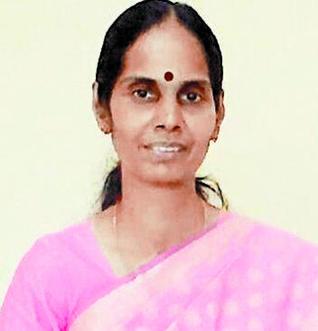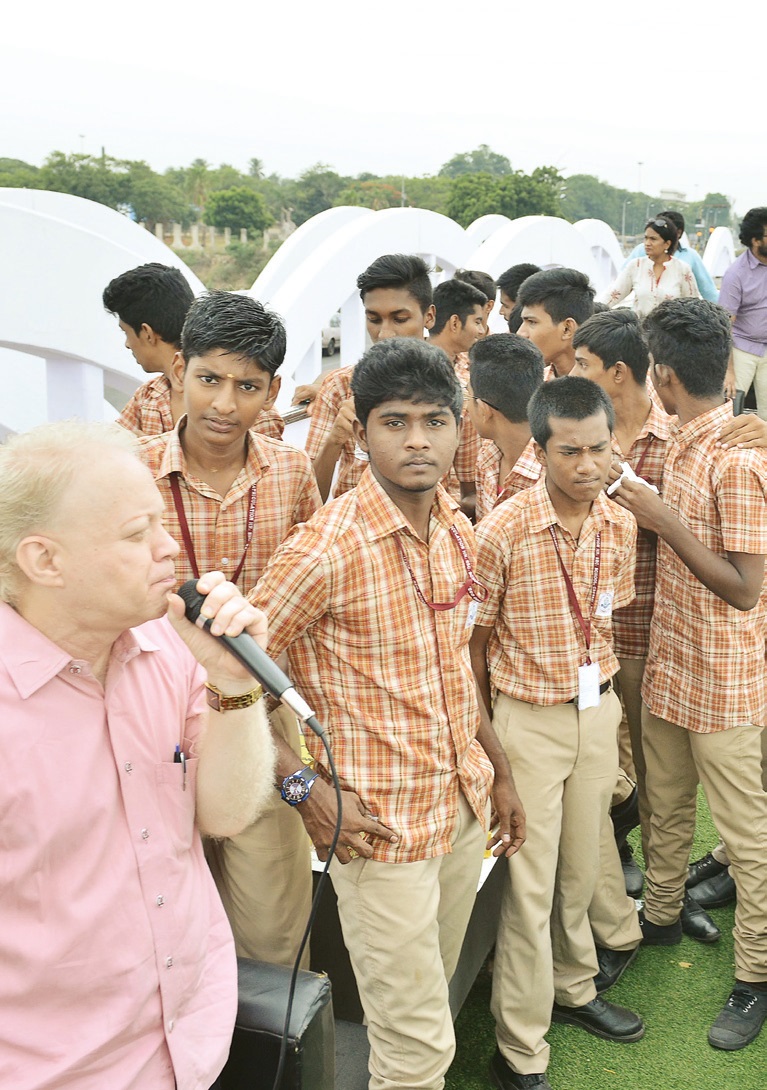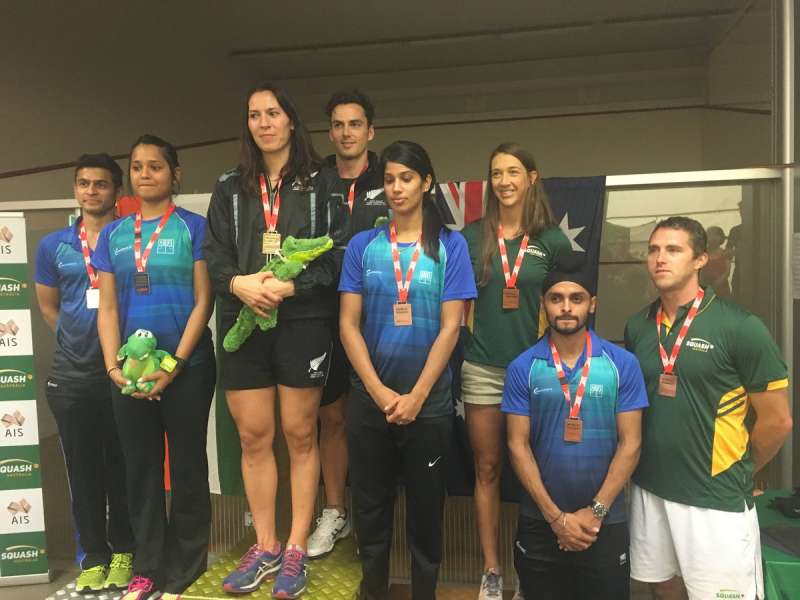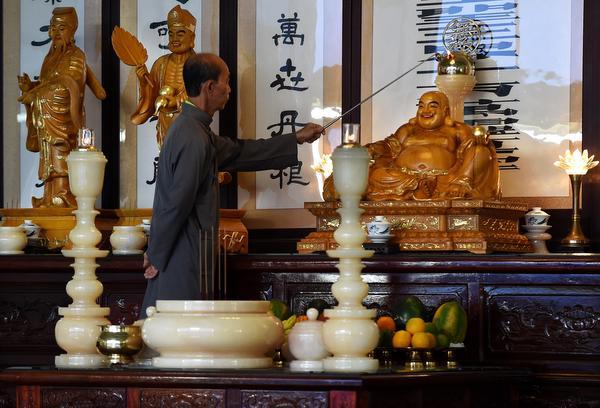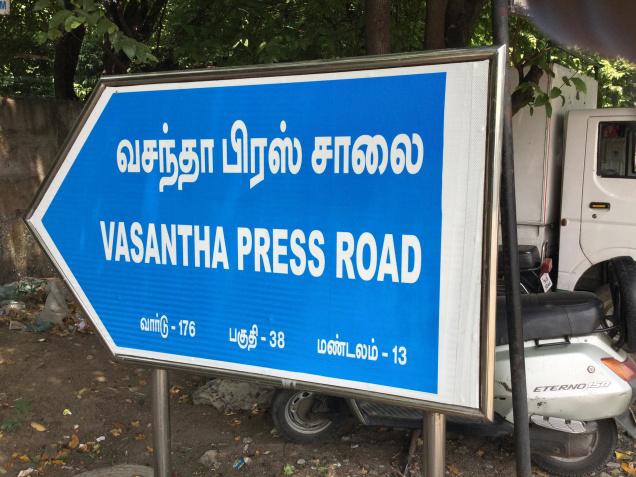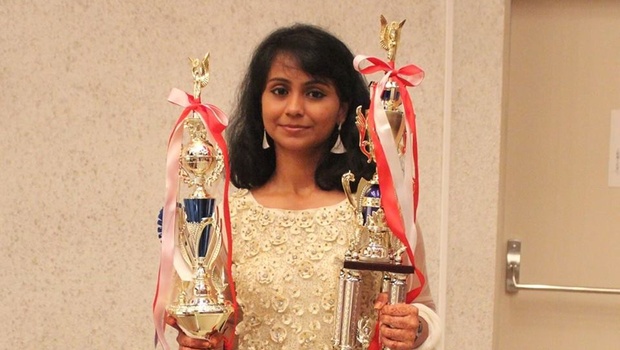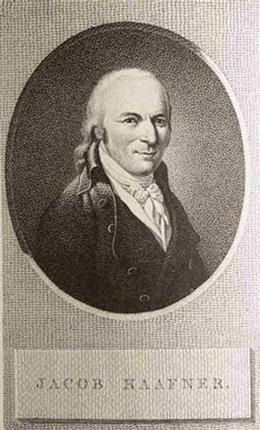
The Madras of 200 years ago was a place of beautiful architecture, Nature and women, in equal parts — at least in the eyes of Dutchman Jacob Haafner (1754-1809). A traveller in the latter part of the 18th Century, Haafner’s record of works shows that he had been in Madras for a year and a half; in Negapatam for six years; and in Calcutta and Pondicherry among other places, for a few months. In all, he spent 13 years in India and Sri Lanka between 1771 and 1787. All through his travel, he sketched and wrote whatever he saw, in its rawest sense — all in Dutch.
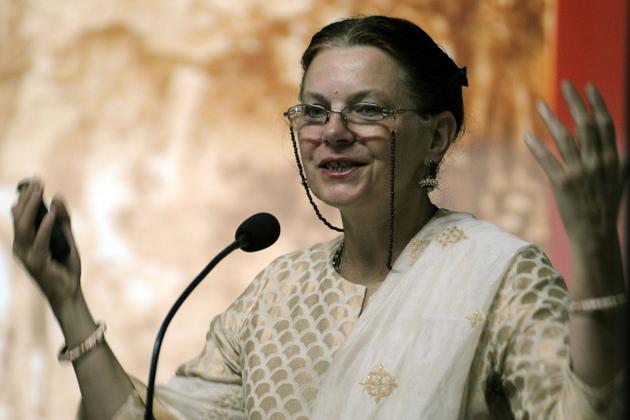
Enter Bharatanatyam dancer and historian Liesbeth Pankaja Bennink. After her arangetram in 1981 in Amsterdam, and graduation from Rijksuniversiteit Utrecht (The Netherlands), she came to India to research on Indian culture and dance. She joined Raja Deekshithar (1949-2010), an independent researcher and a scholar belonging to the Chidambaram Nataraja temple. It was during her research on the temple, around six years ago, that Liesbeth chanced upon Haafner’s writings.
Two worlds, two centuries apart, collided.
During a recent lecture at The C.P. Ramaswami Aiyar Foundation, Liesbeth, who is translating Haafner’s biography into English, spoke about what hooked her to his works, and how his writings present a glimpse of the India of the past.
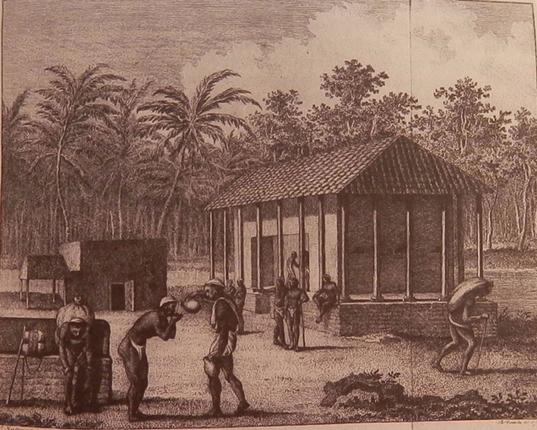
Excerpts:
What happened after you discovered Haafner’s works?
I had just finished translating a piece by a Frenchman about the Chidambaram temple, written in 1734. Then I came across a piece on dancers by Haafner. He had written about devadasis or temple dancers, and also dancers, who travel in troupes from place to place and perform for the public. His writings offer great insight into their lives in this period, as he had a passionate love affair with one of them named Mamia. He includes details of their dress, music and make-up. I didn’t stop with the dancers though; I read all his works {books on his journey from Madras to Ceylon via Tranquebar, his sojourn in Negapatam, journey along the Coromandel Coast, journey to Bengal and return voyage to Europe}. Most of them have been translated into German, French and Swedish. English, not so much. But, I didn’t find anything about the Chidambaram temple.
Any other structures of today that find mention in his works?
In his book, Travels by Palanquin {he journeyed comfortably in them, for most part}, he writes about the science and art that went into the making of the seven temples of Mahabalipuram. He calls it ‘one of the most beautiful and largest palaces of our time’ and compares it with the ‘miracles of Egypt’. He also mentions the small choultries that hosted visitors for free, soothsayers, the ritual of Naga puja, children engaging in group study, the different kinds of snakes {he suffered a snake bite during his stay} and temple tanks. He had also sketched a scene of Mamia rushing towards him, in the background of the temple tank, and a group of women clad in wet clothes. But I haven’t been able to trace the temples with the names mentioned by Haafner.
Does he delve into politics in his writings?
He was clearly against colonisation and looting. He considered the English greedy, and argued for the complete withdrawal of all imperial powers from their respective colonies {probably the reason why his books weren’t translated into English}. Not just that, he had great respect for Indian culture, and was actively involved in the study of Indian languages {he knew Tamil, Urdu, Hindi, Sanskrit and Telugu}. He has translated a part of the Ramayana into Dutch, a 300-page book that was published in 1823.
Do you find all the accounts to be true?
I wish I could find his diaries. They would have more content, in its truest sense, than the books. I think that the writer might have taken the liberty to exaggerate the situations on a few occasions. Like one where he describes falling into a dark tunnel, somewhere near Vizag, and walking through carcasses in the dark before coming out the other side into a whole new land; his description of a snake that is 70 feet long, that is about to swallow him; or Mamia dying in his arms in a very cinematic way; or him engaging in an action-packed fist fight with the locals and defeating them (laughs).
source: http://www.thehindu.com / The Hindu / Home> Features> Metroplus / by Naveena Vijayan / Chennai – December 22nd, 2015
